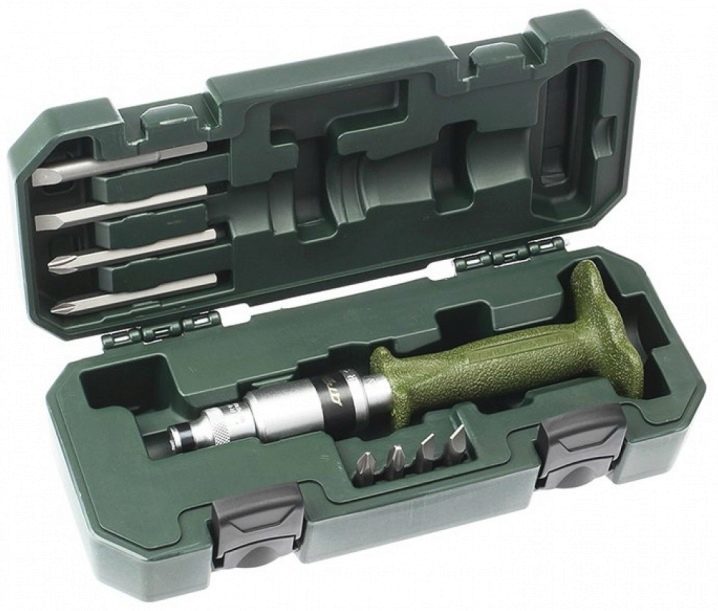Anyone who makes repairs or spends time at work in a workshop knows what a grinder is. But not everyone knows that this is not her real name. And even more so, few people know where it came from. It's time to dig into history!
The content of the article
- What is the actually called grinder, and what kind of tool it is
- Why the angle grinder began to be called a grinder
- Why is LBM so called: decoding
What is the actually called grinder, and what kind of tool it is
Its real name is angle grinder, abbreviated as angle grinder. Less common among craftsmen are such abbreviation options as SHMU (angle grinder) and LNA. This, however, does not affect the meaning.
This is a hand-held power tool that was originally intended only for processing the joints of flat metal surfaces. But modern craftsmen know that angle grinders are successfully used for cutting sheets, as well as pipe and other rolled metal. And this is only in the classic form. There are many different attachments, thanks to which the range of work expands.
@ skidka-volgograd.ru
For example, if you replace its working wheel with a disc or tape with sandpaper, then it can be used to polish surfaces of almost any shape. Also, various attachments will help to carry out cutting in concrete, ceramic tiles and wood. By changing them, you can turn the angle grinder into a milling cutter, a chain saw and the already mentioned polishing machine.
Why the angle grinder began to be called a grinder
The name stuck to the angle grinder in the Soviet Union in the 70s, when this power tool was first brought from Bulgaria. The real name was too long. The abbreviation “angle grinder” that appeared also sounded not short enough, and the abbreviation “LBM” seemed too official. In informal conversations among themselves, the craftsmen began to call it "grinder" - according to the country of origin - and it stuck. Nowadays, such a name has become so common that it can be found even in official publications and serious publications.
Although the name "Bulgarian" is the most popular in the post-Soviet space, there are others, less well-known. For example, in Primorye, in the Far East, it is more often called "turbine". This name also appeared in the days of the USSR. It is connected with a funny legend about how some worker walked past a grinding shop and was surprised to hear the sound of an airplane taking off. It turned out that the sound of angle grinders during grinding is really similar to the noise of turbines. Since the machine is small, a diminutive "impeller" is attached to it.
@ tehno.guru
There is another name associated with funny circumstances. The first models of angle grinders were quite heavy. Therefore, the masters joked that if she worked often, her arms would reach the floor and become the same as those of a monkey. And since then this instrument has been called the "monkey".
There are also more neutral names. For example, one of the first LBM models was called "Fortuna", and many craftsmen fell in love with it for its ease of use and high functionality. It began to be used so often that for many, "fortune" has become a common noun. It denoted this instrument, even if it was of a different model.
And, finally, the most little-known name in Russia is flexi. However, abroad it can be heard more often than the real name of the power tool.
The history of this name is the same as that of Fortuna, except that everything took place in Germany in the 30s, when the instrument was just being created. It was a rather bulky hand sander "MS-6-flexen", or "flexi" for short. In the 50s, a more compact version appeared, more similar to the modern one. However, out of habit, they began to call it "flexi", and there the name stuck.
Why is LBM so called: decoding
The first models did not have the metal cutting function we are used to today. Its main (and at that time the only) purpose was grinding. But more often more questions arise in connection with the word "corner". It is called so because the shaft on which the nozzles are put on is at right angles to the tool body.
Later, cutting abrasive discs became widespread, which they began to install on a grinder, and it turned out that this is one of the most convenient ways to cut hard surfaces.
Gradually, they began to exploit it more and more for this very purpose. Nowadays, its grinding function is mainly used by professionals only. In household repair work, this is usually not necessary, because modern materials are usually sold already polished, so many people find its real name surprising.
It's amazing how many interesting stories can be associated with such a seemingly ordinary household tool like the grinder! But now there is no need to be afraid of getting into a mess when hearing the official "angle grinder" or the less common colloquial "impeller".
Subscribe to our Social Networks


